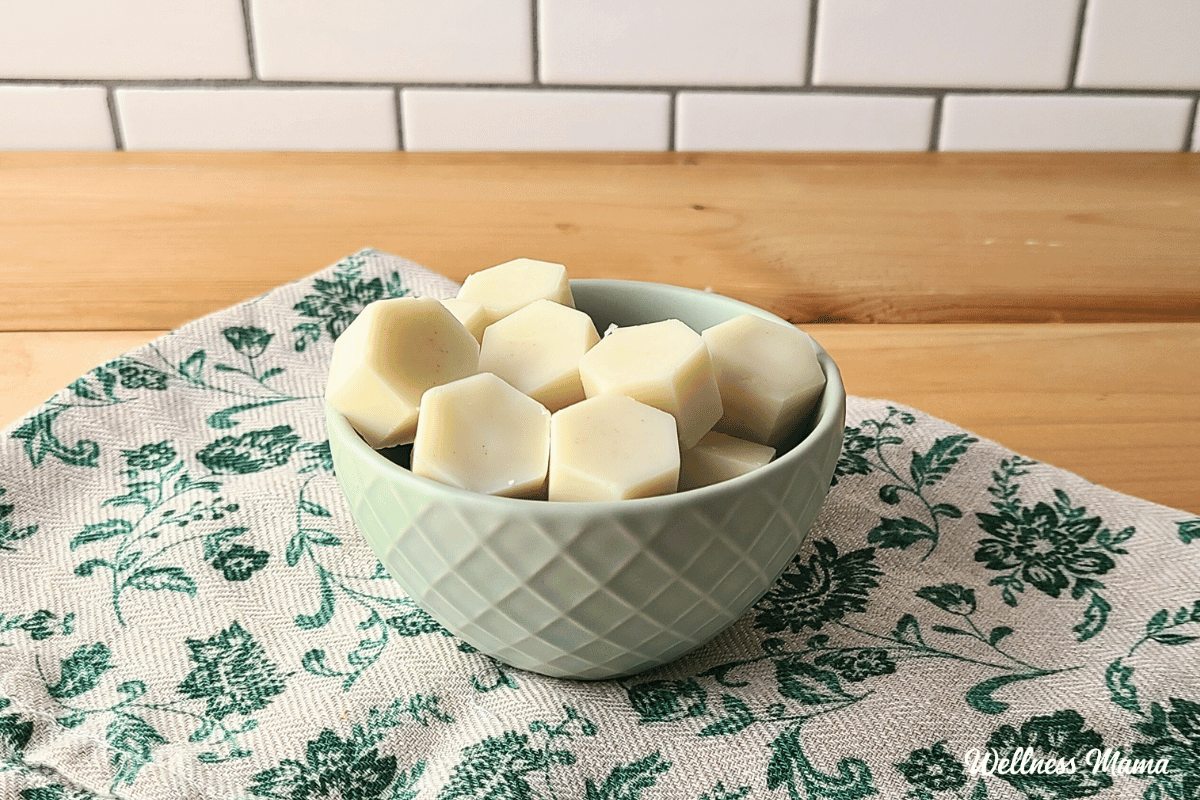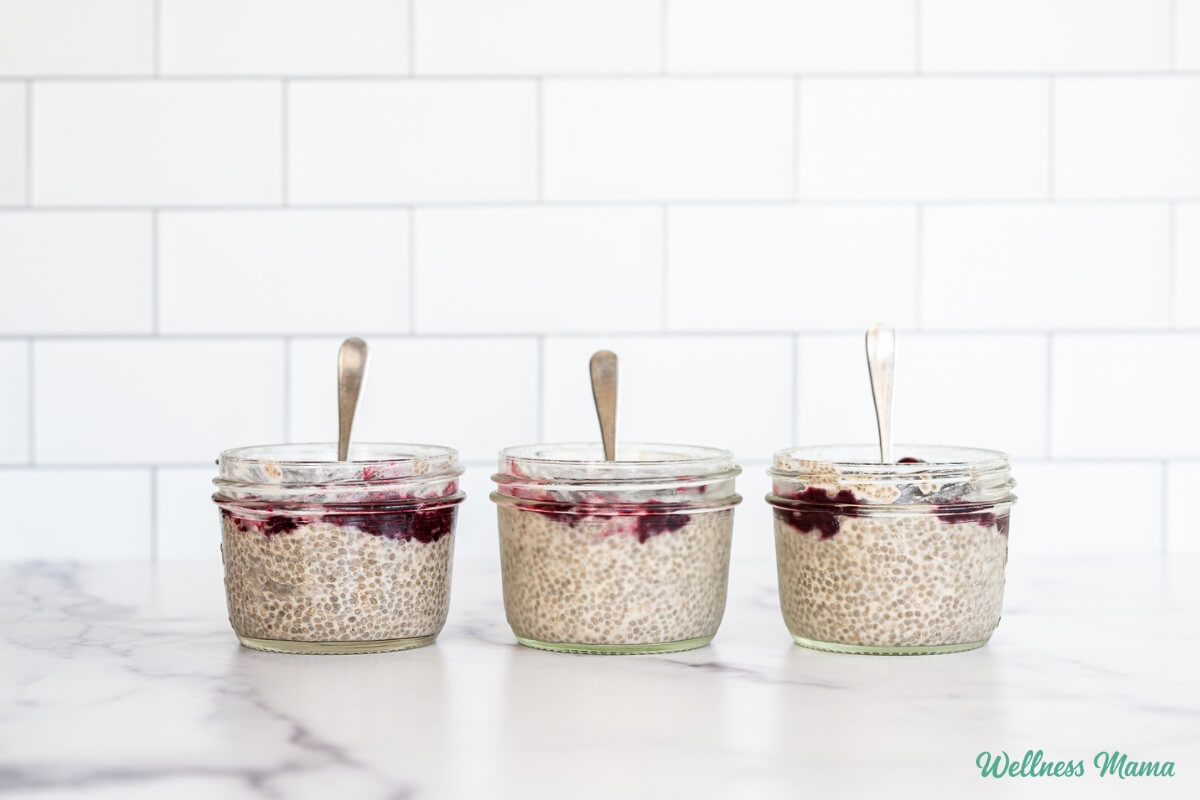Weight Loss For Your Abs Cutting Calories
Are you ready to achieve the chiseled abs of your dreams? Look no further! In this article, we will explore the powerful connection between weight loss and cutting calories specifically targeted towards your abdominal region. By following our expert tips and tricks, you can finally say goodbye to those stubborn love handles and hello to a defined, six-pack stomach. Get ready to embark on a transformative journey towards a stronger, leaner, and more confident you!

Why weight loss is important for your abs
Understanding the link between weight loss and abdominal muscles
When it comes to achieving defined and toned abs, weight loss plays a crucial role. The reason behind this is simple – excess body fat tends to accumulate in the abdominal region, concealing the underlying muscles. By shedding those extra pounds, you can reveal the strong and chiseled abs that you’ve always desired.
Benefits of having strong and defined abs
Having strong and well-defined abs offers more than just aesthetic appeal. Strong abdominal muscles provide essential support to your core, promoting good posture and reducing the risk of back injuries. Additionally, a strong core enhances overall stability and balance, making daily activities and physical exercise more efficient and effective.
How excess fat affects the appearance of your abs
Excess fat accumulation around the abdominal area not only covers the muscles but also alters the shape of your midsection. It can create a protruding belly, commonly known as a “belly pooch,” and diminish the visibility of defined abs. Therefore, it’s important to address the issue of excess fat through weight loss to achieve the desired aesthetic look and maximize the benefits of having strong abs.
Basics of cutting calories
Understanding calorie balance for weight loss
Weight loss ultimately boils down to maintaining a calorie deficit, which means consuming fewer calories than your body needs for energy. When your body is in a calorie deficit, it taps into its fat stores to make up for the energy deficit, leading to weight loss. Understanding this fundamental concept of calorie balance is crucial for effective weight loss, including the reduction of abdominal fat.
Setting a realistic calorie deficit
It’s important to set a realistic calorie deficit that allows for steady and sustainable weight loss. Drastically cutting calories may seem tempting for quick results, but it can be counterproductive and unsustainable in the long run. Aim for a gradual and moderate calorie deficit of around 500 to 1000 calories per day, which can result in a healthy weight loss of about 1 to 2 pounds per week.
Choosing nutrient-dense foods
While cutting calories, it’s essential to prioritize nutrient-dense foods that provide the necessary vitamins, minerals, and macronutrients. Opt for whole grains, lean proteins, fruits, vegetables, and healthy fats to ensure your body receives the essential nutrients while staying within your calorie goals. These foods not only support weight loss but also contribute to overall health and well-being.
Effective portion control
Practicing portion control is a powerful tool for cutting calories without depriving yourself of the foods you enjoy. It’s important to be mindful of serving sizes and listen to your body’s hunger and fullness cues. Use measuring cups or a food scale to accurately portion your meals and snacks. Over time, you’ll develop a better sense of portion sizes and be able to make healthier choices effortlessly.
Monitoring and tracking calorie intake
Keeping track of your calorie intake is key to staying on track with your weight loss goals. Many smartphone apps and online tools are available to help you track your food and drink consumption. By logging everything you eat and drink, you’ll have a clear picture of your calorie intake, allowing you to make adjustments if necessary. Regularly monitoring and tracking your calorie intake provides you with valuable insights and helps you stay accountable to your goals.
The science behind weight loss
Role of calories in weight gain and loss
Calories are the basic units of energy that our bodies need for all metabolic processes. Consuming more calories than your body requires leads to weight gain, as the excess energy is stored as fat. Conversely, when you consume fewer calories than your body needs, it taps into stored fat for energy, leading to weight loss. Understanding the role of calories in weight gain and loss is crucial for achieving and maintaining a healthy body weight.
Factors influencing metabolism and calorie burn
Metabolism refers to the complex biochemical processes that occur within your body to convert food into energy. Several factors influence your metabolism and the number of calories you burn. These include your age, gender, body composition, genetics, and activity level. While some of these factors are beyond your control, you can optimize your calorie burn by engaging in regular exercise, building lean muscle mass, and making overall healthy lifestyle choices.
Importance of creating a sustainable calorie deficit
Creating a sustainable calorie deficit is essential for long-term weight loss success. Drastically slashing calories or following fad diets may result in initial weight loss, but these approaches are often difficult to maintain and can lead to weight regain in the long run. By focusing on gradual, realistic, and sustainable changes to your eating habits, you can achieve lasting results and maintain a healthy weight over time.

Determining your calorie needs
Calculating your basal metabolic rate (BMR)
Your basal metabolic rate (BMR) is the number of calories your body needs at rest to maintain basic bodily functions, such as breathing and digestion. Calculating your BMR can provide a baseline estimate of your calorie needs. Several online calculators use factors such as age, gender, weight, and height to estimate your BMR.
Factors affecting your total daily energy expenditure (TDEE)
Your total daily energy expenditure (TDEE) takes into account not only your BMR but also the calories you burn through physical activity. Factors such as your activity level, occupation, and exercise routine influence your TDEE. Understanding your TDEE helps you determine how many calories you need to consume to maintain, gain, or lose weight.
Using an online calculator to estimate calorie needs
Online calculators that consider your BMR and activity level can provide a helpful estimate of your daily calorie needs. However, it’s important to remember that these calculations are just estimates and may not be entirely accurate for everyone. Use them as a starting point and adjust your calorie intake based on your progress and how your body responds.
Adjusting for weight loss goals and activity levels
To achieve weight loss, you need to create a calorie deficit. By reducing your daily calorie intake slightly below your estimated calorie needs, you can initiate weight loss. The specific calorie deficit required depends on your weight loss goals and activity levels. Consulting with a registered dietitian or nutritionist can provide personalized guidance to help you determine the appropriate calorie intake for your goals.
Strategies to cut calories effectively
Reducing portion sizes
One of the most effective ways to cut calories is by reducing portion sizes. Start by using smaller plates and bowls to create the illusion of a fuller plate. You can also practice the “half-plate rule,” where you fill half of your plate with vegetables or salad, leaving less space for higher-calorie foods.
Choosing lower-calorie alternatives
Lower-calorie alternatives can help you cut calories without feeling deprived. Swap higher-calorie ingredients for lower-calorie options in your recipes and meals. For example, replace refined grains with whole grains, opt for lean protein sources, and choose low-fat dairy products.
Limiting added sugars and refined carbohydrates
Added sugars and refined carbohydrates are often calorie-dense and provide minimal nutritional value. By limiting your intake of sugary snacks, sweets, sugary beverages, white bread, and processed foods, you can significantly reduce your calorie intake. Instead, choose whole foods that are high in fiber and naturally occurring sugars.
Increasing protein and fiber intake
Protein and fiber are both important for weight loss and can help you feel fuller for longer. Include lean sources of protein, such as chicken, fish, beans, and tofu, in your meals and snacks. Additionally, focus on consuming plenty of fruits, vegetables, whole grains, and legumes to increase your fiber intake, which aids digestion and promotes satiety.
Incorporating more fruits and vegetables
Fruits and vegetables are low in calories and high in essential nutrients. By incorporating more of these nutrient-dense foods into your diet, you can increase your overall food volume and feel satisfied while keeping your calorie intake in check. Aim to fill half of your plate with colorful fruits and vegetables at each meal.
Cooking at home and avoiding processed foods
Cooking at home gives you greater control over the ingredients and portion sizes of your meals. It allows you to choose whole, nutritious foods and avoid added sugars, unhealthy fats, and excessive sodium commonly found in processed foods. Experiment with new recipes and meal prep to make healthy eating enjoyable and convenient.
Managing emotional and mindless eating
Emotional and mindless eating can derail your weight loss efforts. Develop strategies to manage stress, boredom, or other emotions without turning to food. Practice mindful eating by savoring each bite and listening to your body’s hunger and fullness cues. Finding alternative coping mechanisms, such as exercise, reading, or engaging in hobbies, can help you break the cycle of emotional eating.
Tips for overcoming challenges
Dealing with hunger and cravings
When cutting calories, it’s natural to experience hunger and cravings at times. To manage these challenges, focus on consuming protein and fiber-rich foods, as they help you feel fuller for longer. Drinking plenty of water throughout the day can also help curb cravings. Additionally, finding healthy, low-calorie alternatives to your favorite indulgent foods can satisfy cravings without derailing your progress.
Maintaining a healthy and balanced diet
While cutting calories is important, it’s equally crucial to maintain a healthy and balanced diet. Ensure you get a variety of macronutrients such as carbohydrates, proteins, and healthy fats, as well as a wide range of vitamins and minerals. Incorporate a mix of different food groups while keeping portion sizes in check to nourish your body properly.
Staying consistent and motivated
Consistency is key when it comes to weight loss. Set realistic goals and establish a routine that aligns with your lifestyle. Find motivation by visualizing your progress, setting smaller milestones, and celebrating non-scale victories. It’s important to remember that weight loss is a journey, and staying consistent and motivated will help you reach your goals in the long term.
Finding support and accountability
It can be challenging to embark on a weight loss journey alone. Seek support from friends, family, or online communities who have similar goals. Sharing your progress, challenges, and successes can provide motivation and accountability. Consider enlisting the help of a workout buddy or finding a weight loss support group to stay on track.
Avoiding extreme or unsustainable approaches
Extreme or unsustainable approaches to weight loss may yield quick results initially but can have detrimental effects in the long run. Avoid crash diets, overly restrictive eating plans, or excessive exercise regimens that are difficult to maintain. Instead, focus on making gradual and sustainable lifestyle changes that promote long-term health and well-being.
Modifying your eating habits for long-term success
Successful weight loss and maintaining a healthy weight require sustainable changes to your eating habits. Instead of viewing weight loss as a temporary fix, focus on adopting lifelong habits that support your goals. Gradually implement changes, such as portion control, mindful eating, and choosing nutritious foods, to build a solid foundation for long-term success.
Exercising for a stronger core
The role of exercise in achieving defined abs
While weight loss is crucial for revealing your abs, exercise plays a vital role in strengthening and defining your abdominal muscles. Regular exercise not only helps build muscle tone but also increases your overall calorie burn. Combining targeted core exercises with cardiovascular and strength training workouts can help you achieve your desired abdominal aesthetics.
Choosing effective abdominal exercises
To strengthen and define your abs, incorporate exercises that target the different abdominal muscles. Traditional sit-ups and crunches are effective, but don’t forget to include exercises such as planks, Russian twists, bicycle crunches, and leg raises. These exercises engage your entire core, including the upper and lower abs, obliques, and transverse abdominis.
Incorporating cardio and strength training into your routine
Cardiovascular exercise is essential for overall calorie burn and weight loss. Engaging in activities such as running, swimming, cycling, or dancing raises your heart rate and burns calories, including abdominal fat. Strength training, on the other hand, helps build lean muscle mass, which contributes to a more defined and sculpted appearance. Incorporate a combination of cardio and strength training exercises into your routine for optimal results.
Experts’ recommendations for core workouts
Fitness experts recommend dedicating at least two to three days per week specifically to core workouts. While spot reduction is not possible, focused core exercises can help strengthen and define your abs. Aim for a variety of exercises that target different areas of the core, and gradually increase intensity as your strength improves. Remember to always maintain proper form to avoid injury and maximize effectiveness.
Combining diet and exercise for best results
Synergistic effects of combining calorie cutting with exercise
When it comes to achieving your desired abdominal aesthetics, combining a calorie-cutting diet with regular exercise is the most effective approach. The two factors work together synergistically, with diet helping reduce overall body fat and exercise toning and strengthening your abdominal muscles. By creating a calorie deficit through diet and engaging in targeted exercises, you can maximize your results and accelerate the appearance of defined abs.
How exercise can boost metabolism and calorie burn
Regular exercise not only burns calories during the activity but also increases your overall metabolism. When you engage in workouts, especially strength training, you build lean muscle mass. Muscles are metabolically active, meaning they burn more calories at rest compared to fat. By building lean muscle, you increase your basal metabolic rate, resulting in higher calorie burn even when you’re not exercising.
Achieving a balance between diet and exercise for sustainable weight loss
While diet and exercise are both important, achieving a balance between the two is crucial for sustainable weight loss and long-term results. Relying solely on diet or exercise may yield some progress, but combining the two provides a comprehensive approach. Focus on making healthy dietary choices to cut calories and complement your efforts with a well-rounded exercise routine. This combination provides a holistic approach that promotes not only weight loss but also overall health and fitness.
Monitoring your progress
Importance of tracking your weight and body measurements
Tracking your weight and body measurements throughout your weight loss journey is essential to monitor your progress accurately. While the number on the scale is not the sole indicator of success, it can give you valuable insights into your overall weight trends. Additionally, measuring specific areas like your waist, hips, and thighs can provide a more comprehensive understanding of how your body composition is changing.
Using progress photos to assess visual changes
Progress photos are an excellent tool to assess visible changes in your physique. Take regular photos from different angles and compare them over time. Sometimes, changes that aren’t noticeable on a daily or weekly basis become more apparent when you compare photos side by side. Progress photos can be a source of motivation and validation, even when the scale may not reflect your efforts accurately.
Considering other indicators of success (energy levels, mood, etc.)
Weight loss is not just about the numbers on the scale or the appearance of your abs. It’s essential to consider other indicators of success, such as improvements in energy levels, mood, and overall well-being. Pay attention to how you feel throughout the day, your energy levels during workouts, and your overall mood. These subjective indicators can be just as important as the physical changes you observe.
Adjusting your approach as needed
Weight loss is a dynamic process, and it’s important to be flexible and adaptable along the way. If you find that your progress has stalled, it may be time to reassess your calorie intake, exercise routine, or overall approach. Consider consulting with a registered dietitian, nutritionist, or personal trainer for professional guidance. They can provide personalized recommendations to help you overcome plateaus and continue progressing towards your goals.
Seeking professional guidance
Consulting a registered dietitian or nutritionist
Seeking professional guidance from a registered dietitian or nutritionist can be immensely beneficial when embarking on a weight loss journey. These experts have the knowledge and expertise to create personalized meal plans, assess your specific requirements, and provide ongoing support and accountability. They can guide you through the process of cutting calories effectively, while ensuring you still meet your nutritional needs.
Working with a personal trainer or fitness expert
A personal trainer or fitness expert can provide invaluable guidance when it comes to exercise and achieving your desired abdominal aesthetics. They can create a customized workout plan tailored to your specific goals, teach you proper form and technique, and provide the motivation and accountability necessary for success. Whether you’re a beginner or an experienced fitness enthusiast, working with a professional can enhance your results and ensure safety during your fitness journey.
Benefits of personalized guidance and accountability
The benefits of seeking professional guidance are numerous. Personalized guidance ensures you receive advice and recommendations tailored to your unique needs, ensuring optimal results. Additionally, professionals can hold you accountable to your goals, providing ongoing support and motivation. By working together with a registered dietitian, nutritionist, or personal trainer, you can maximize your chances of success and create sustainable habits that will benefit you in the long term.




1 comment